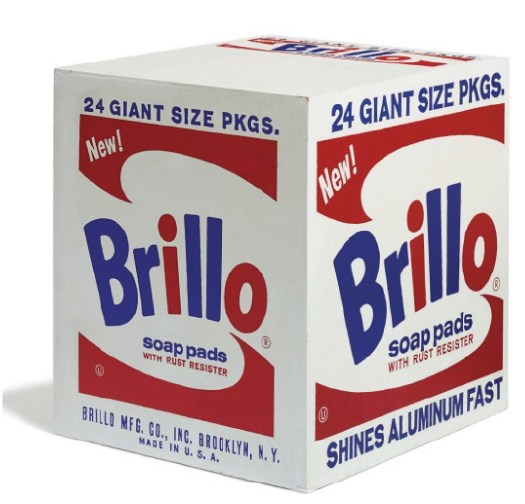ART
|
DESIGN
| |
Doesn’t need to be explained, or can’t be explained.
|
Explains itself
| |
Functionless
|
Specially crafted to fulfill a specific purpose or function.
| |
Concept - abstract ideas
| ||
Selling nothing
|
Selling something
| |
Would have you ask questions, rather than answer questions
|
Relays messages clearly and concisely
| |
Intended by its creator to be art
|
Intent of the creator
|
Intended by its creator to be design
|
To the audience, it is art
|
Perception of the viewer
|
To the audience, it is design
|
Hanging in a museum
|
Context
|
On shelves, in advertisements, illustrating a book, etc.
|
Original
|
Production
|
Mass produced
|
Many interpretations
|
One interpretation
| |
Abstract ideas and concepts
|
Physical or Tangible object
| |
Process
|
Product
|
As I look over this list that I’ve made, I think that is one of the interesting parts of postmodernism is the lack of distinction between art and design. As I review the classifications that I’ve created for each discipline, I find myself making arguments of how the reverse could be true as well. The boundaries between these two practices are increasingly being blurred.
Take for example Andy Warhol’s Brillo box. In the context of a convenience store, it would be design: created with the intent to sell or market. Specially crafted for a specific purpose to contain the product, as well as appeal to potential customers. Remove the Brillo box from the shelves of a grocery store and place it on pedestal in a museum and it is transformed from a simple Brillo box, into an idea. The viewer begins to ask questions about the object. Or perhaps girl riffling through a fashion magazine is intrigued by the color, form, patterns, and textures on an advertisement. She clips it from its bound pages and tapes it to her wall to be displayed. As soon as it is placed on the wall, and there is sentimentality and importance attached it moves into the realm of art.
The context of an object may be the determinant of what constitues art vs. design.
I also wonder if the distinction between art and design is just an arbitrary line to separate low culture and high culture. I believe that art and design can coexist and are not separate entities. I am intrigued by the work of Andrea Zittel, who bridges the gap between art and design. Her purpose for designing her clothing, living space, shelving, small camping modules etc. is for the means of creating an experience, which could be considered an artistic concept.

Andrea Zittel is a great example of an artist adopting design methodologies. The distinction between them is always contested, I like the way you pulled them apart and put them back together...
ReplyDeleteAndrea Zittel is a great example of an artist adopting design methodologies. The distinction between them is always contested, I like the way you pulled them apart and put them back together...
ReplyDelete